Introduction:
Architectural woven mesh is a prime example of such an element. With its ability to seamlessly blend form and function, architectural woven mesh has become a sought-after material in building design. In this article, we will explore how architectural woven mesh achieves this delicate balance, enhancing the visual appeal while fulfilling functional requirements.
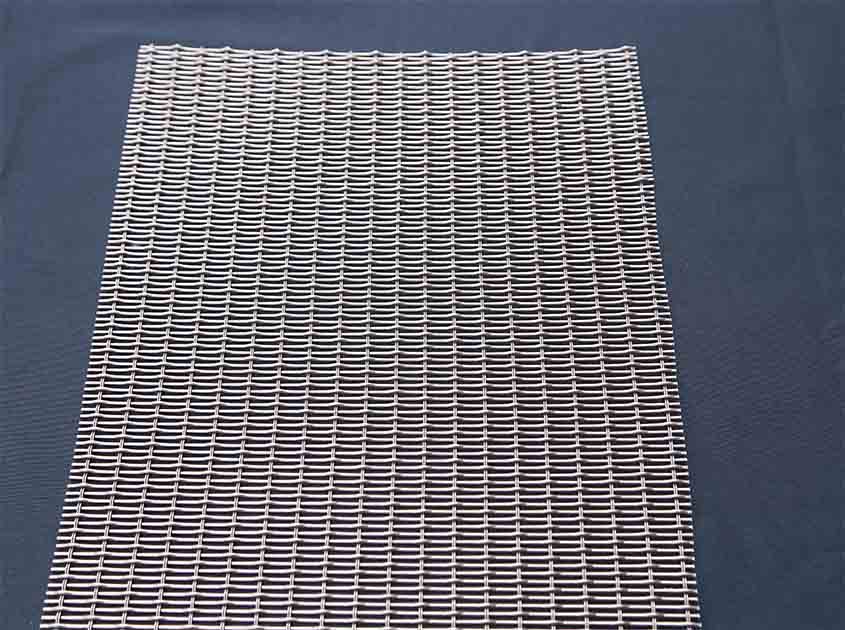
Transforming Aesthetics:
Architectural woven mesh serves as a dynamic design feature that adds a sense of depth, texture, and visual interest to buildings. With its intricate patterns, varying densities, and perse material options, woven mesh offers architects the opportunity to create visually stunning facades, partitions, and interior elements. The interplay of light and shadow through the mesh enhances the architectural character, creating a captivating and ever-changing visual experience.
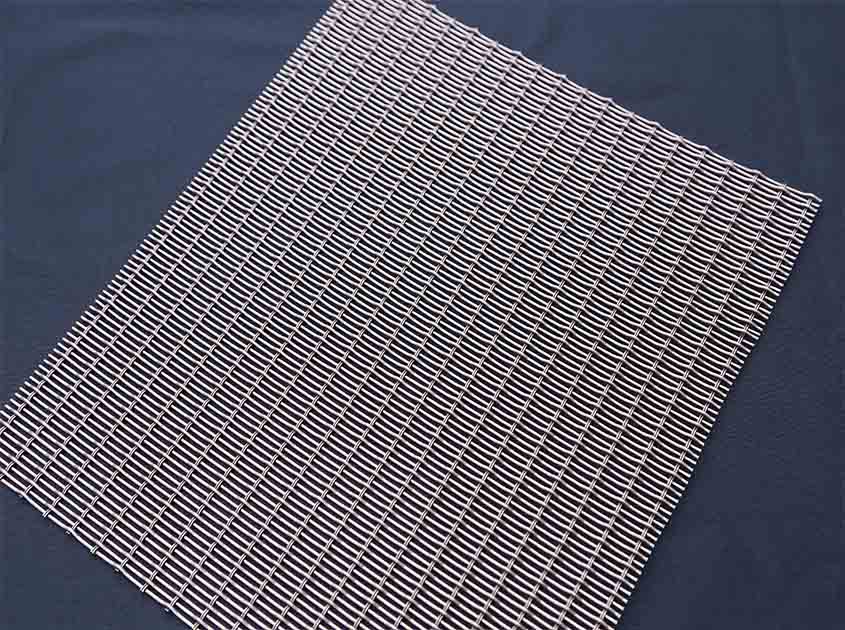
Facilitating Natural Ventilation and Light:
One of the key functional aspects of architectural woven mesh is its ability to facilitate natural ventilation and light. The open weave structure of the mesh allows air to flow freely, promoting natural airflow within the building. This not only enhances indoor air quality but also reduces the need for mechanical ventilation systems, contributing to energy efficiency. Additionally, the mesh's transparency allows natural light to penetrate into the interior spaces, reducing the reliance on artificial lighting during daylight hours.
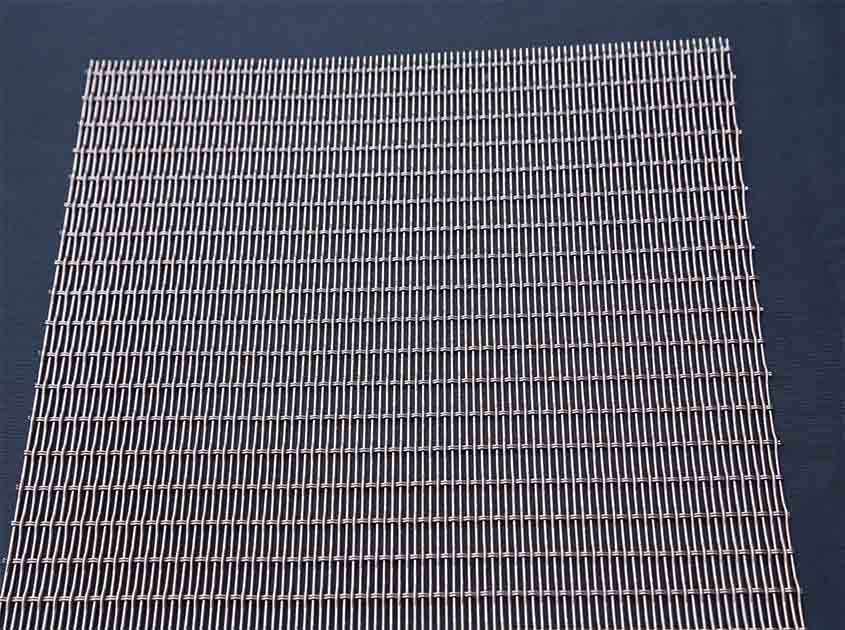
Solar Shading and Heat Regulation:
Architectural woven mesh can effectively control solar heat gain and provide shading solutions. By strategically placing the mesh on building facades, it acts as a sunshade, reducing solar radiation and minimizing the heat transferred to the interior. This helps maintain a comfortable indoor temperature while reducing the reliance on cooling systems and minimizing energy consumption. The mesh's ability to balance solar shading with maintaining views and natural light makes it a valuable asset in sustainable building design.
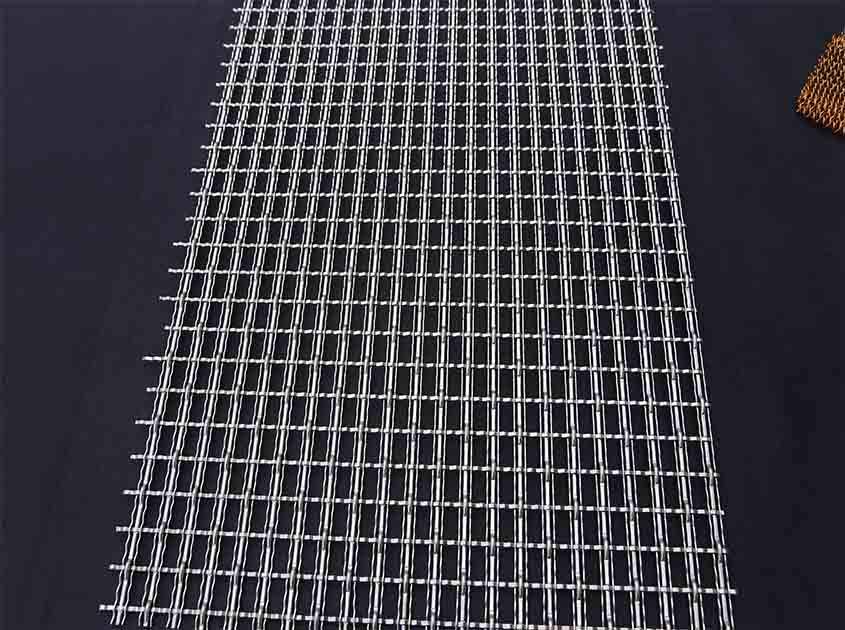
Privacy and Visual Screening:
In certain architectural contexts, privacy and visual screening are crucial considerations. Architectural woven mesh offers a practical solution by providing varying levels of opacity. Depending on the desired level of privacy, architects can choose mesh with different weave densities, allowing for controlled views in and out of the building. This ensures privacy without compromising the building's connection to the surroundings or obstructing natural daylighting.
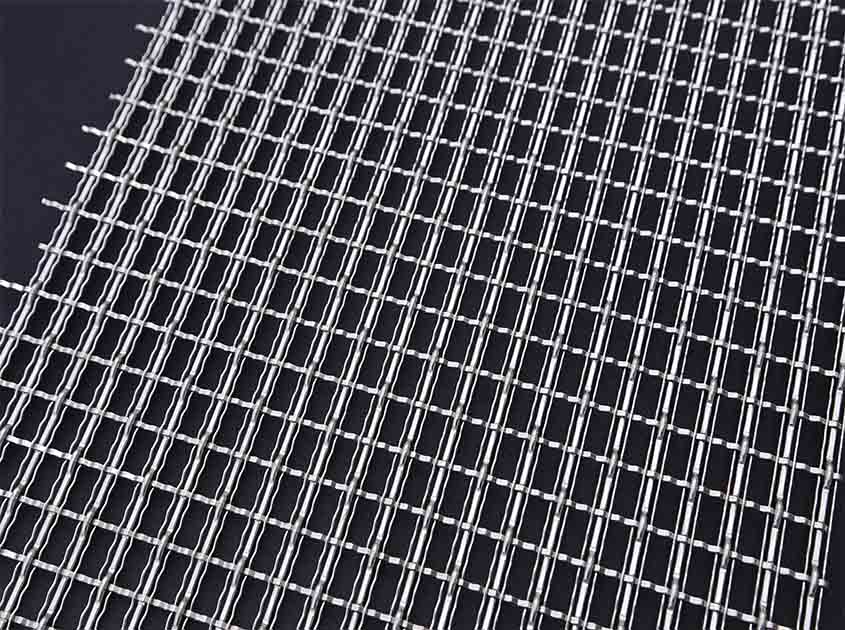
Structural Integrity and Durability:
While architectural woven mesh is primarily known for its aesthetic qualities, it also possesses excellent structural integrity and durability. The mesh is engineered to withstand environmental elements, such as wind, rain, and temperature fluctuations, ensuring long-term performance. Its inherent strength allows for its use in large-scale applications, such as expansive façades or suspended ceilings, without compromising safety or stability.
pre:Architectural Woven Mesh: Blurring the Lines between Art and Architecture
next:Architectural Woven Mesh: Enhancing Acoustic Performance in Interior Spaces
© 2025 Joinwin Architectural Wire. All Rights Reserved. | Sitemap
Recommended Read
Unique architectural metal decorative mesh adds charm to your project
Metal woven mesh is widely popular due to its unique design, high strength, durability and functionality.